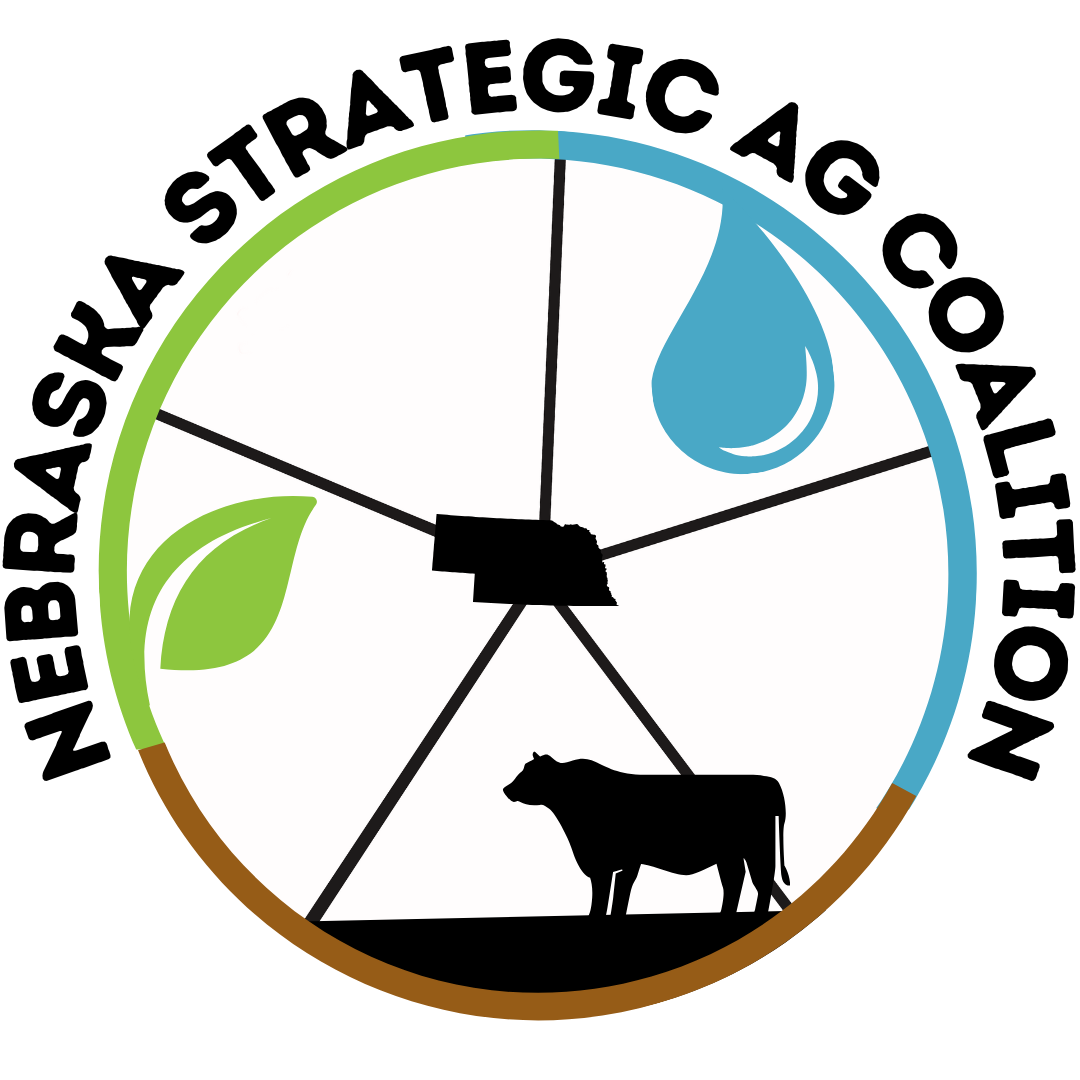Soil Health: Principle 3 of 5 – Maximize living roots
Plants are the energy source for a healthy soil. The native prairie had living roots in the soil from spring thaw to fall freeze-up. So, having a living root in our soils used for production agriculture for as long as possible is important.
The Rhizosphere
Through photosynthesis, plants capture sunlight and CO2 to create energy for reproduction, leaf, stem and root growth. A sizable amount of the energy from photosynthesis is used to produce exudates secreted through the roots. As the root grows it also sheds cells. The sloughed cells and exudates form the rhizosphere, and it is an active place! Bacteria, protozoa, fungi and numerous other soil organisms live in the rhizosphere, which extends out a couple millimeters from the root surface. Bacteria and fungi eat the exudates. Protozoa and nematodes eat the Bacteria and fungi. All this eating creates waste, but this nutrient dense waste is what the plant is after!
Extending the Growing Season
How do we extend the amount of time a living root is interacting with the soil? Most of our cash crops have a living root for 12-15 weeks after planting, which is less than 30% of the year. Native prairie has a living root for 60% or the year, or more. Diversifying crop rotations and cover crops help fill the gaps. Even in the northern plains we have potential for a living cover prior to cash crop planting and post-harvest.
Some opportunities for maximizing living roots:
- Diverse cover crop mix drilled into small grain post- harvest.
- Inter-seeding into corn allows cover crop to establish and grow well into the fall, and even into the next growing season if biennials or perennials are used in the mix.
- Planting cereal rye post-harvest, preceding a soybean crop. Cereal rye is winter hardy, and will start growing in the spring when soil temps are in the mid 30’s.
- Establish perennials on saline or marginal production areas.
- If transitioning to no-till from conventional tillage, a few years of alfalfa can help ease the transition.
